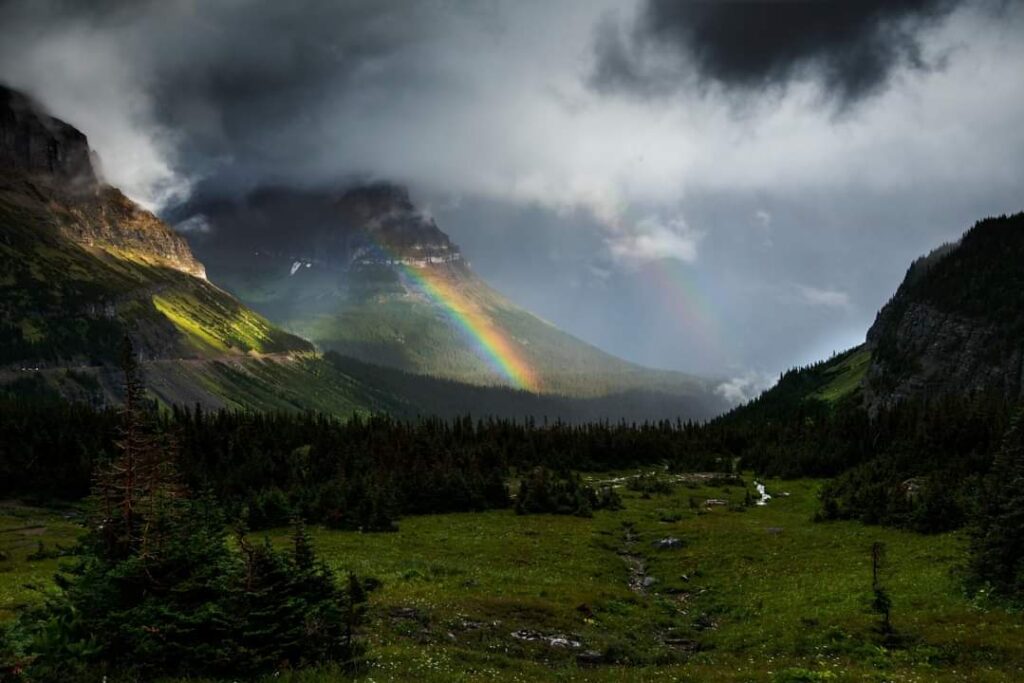
Glacier Bay National Park and Preserve lies in southeastern Alaska. It covers over 3.3 million acres of stunning landscapes, including glaciers, mountains, and diverse ecosystems. The park features a unique combination of marine and terrestrial environments.
History and Significance
The area holds significant cultural importance for the Tlingit people. They have lived in the region for thousands of years. In 1925, President Calvin Coolidge designated Glacier Bay as a national monument. In 1980, Congress expanded it to a national park and preserve.
Geography and Climate
Glacier Bay features dramatic fjords carved by glaciers. The climate remains maritime with cool temperatures year-round—summer temperatures average between 50°F to 70°F, while winter temperatures can drop below freezing.
Flora and Fauna
The park boasts rich biodiversity. Visitors can find coastal rainforests filled with Sitka spruce and western hemlock. Wildlife includes humpback whales, sea lions, otters, black bears, moose, and various bird species.
Activities in Glacier Bay
Visitors can engage in numerous activities:
- Boating: Kayaking offers an intimate experience with the bay’s beauty.
- Hiking: Trails vary from easy walks to challenging backcountry routes.
- Wildlife Viewing: Spotting animals is common throughout the park.
- Camping: Designated areas allow for overnight stays amidst nature.
Visitor Information
Accessing Glacier Bay
Most visitors arrive via boat or cruise ship. The nearest town is Gustavus, which has a small airport connecting to Juneau. Road access remains limited due to the park’s remote location.
Safety Guidelines
Visitors should follow safety protocols:
- Stay on marked trails to protect wildlife habitats.
- Keep a safe distance from animals.
- Prepare for changing weather conditions.
- Carry bear spray when hiking in Bear Country.

Conclusion
Glacier Bay National Park and Preserve offers breathtaking natural beauty and rich cultural history. Visitors can explore its diverse ecosystems while enjoying various outdoor activities.
National Park Service (NPS) – This source provides official information about Glacier Bay’s history, geography, flora, fauna, activities, visitor information, and safety guidelines.